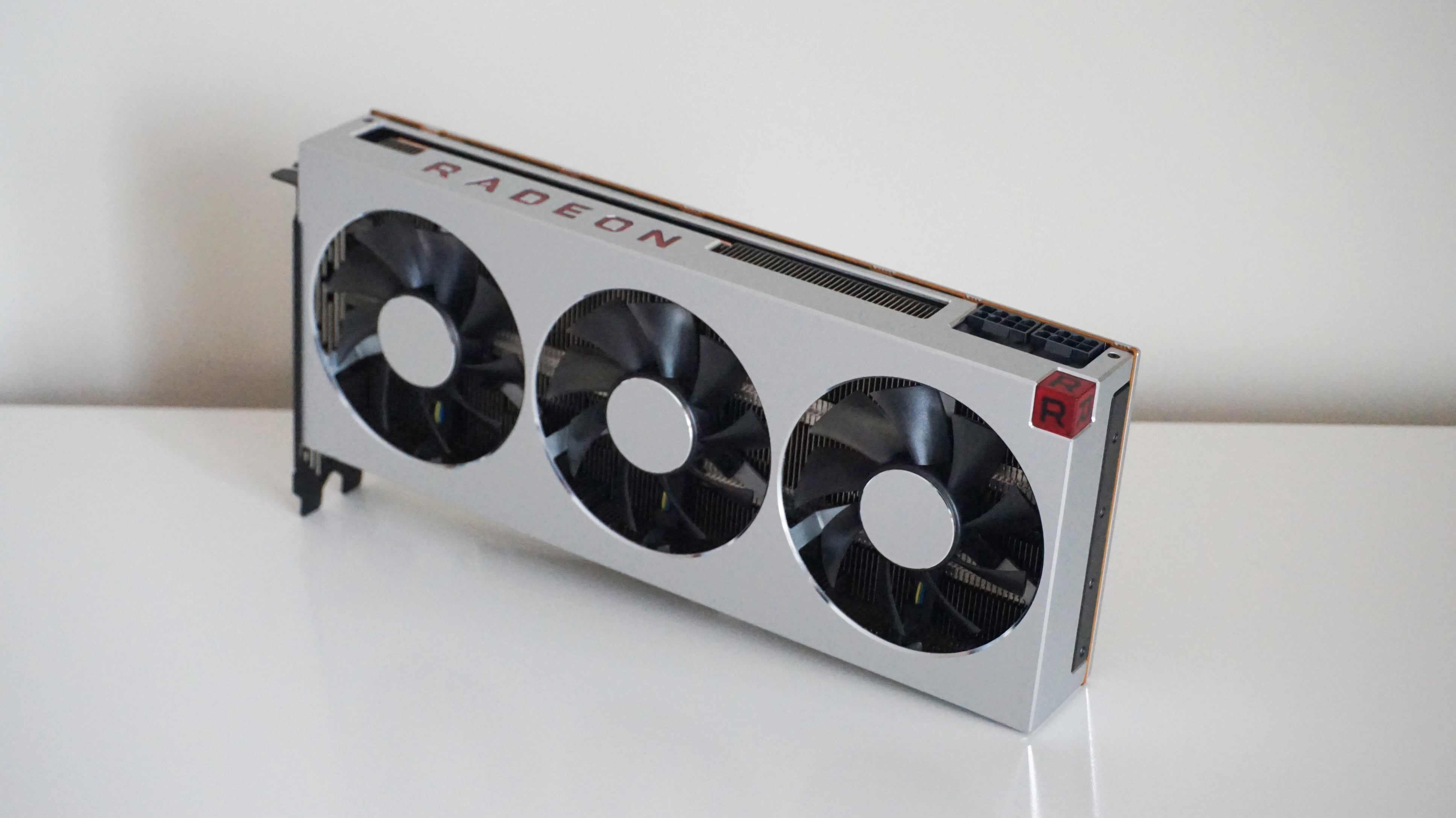


Radeon’s new card won’t have any of these, and instead it’s an iterative update based on AMD’s Vega architecture, not the rumoured forthcoming Navi card.
#AMD RADEON VII MOD#
Radeon has the performance push from moving to a smaller process, while Nvidia invested in machine learning and mod cons like ray tracing and DDSL. It’s interesting that the two company’s have taken different approaches with their newest generation. This new Radeon card could see it close the performance gap between itself and Nvidia’s new generation of cards. There aren’t that many 7nm processors in the wild, with Apple’s A12 Bionic and Qualcomm Snapdragon 8cx breaking onto the scene over the last few months. While it’s physically a small difference from the 12nm cards of the previous Radeon generation - and what Nvidia are shipping with their new RTX range - AMD reckon that this change will net them a 25 percent increase in performance. This means, ultimately, that more transistors can be fit on the die, so you’ll see an increase in the chips performance. We've had a bumpy ride with the GCN architecture over the years, where GCN started out as a graphics card first approach before AMD went towards semi-custom and the GPU architectures were created as products for Apple (Vega) and Microsoft and Sony (Polaris) for the Xbox and PlayStation consoles.During its AMD keynote, the hardware outfit has lifted the sheet off of its new graphics card, the Radeon VII (or Radeon 7), the world’s first 7 nanometer (7nm) graphics card.įor the uninitiated, a 7nm graphics card means that it’s a 7nm technology process. The Radeon RX Vega 56 and 64 can be retired with similar or better performing cards that use GDDR6 memory and are much better on thermals (Navi will be on 7nm) and power consumption (because it's not Vega).ĪMD's next step in the enthusiast world will be their next-gen GPU architecture after Navi which will be a truly big step in a new direction as it'll be the first GPU architecture since GCN launched in 2011. I think we'll see a few different Navi SKUs released that will hit price points of between $399 and $599, at $100 intervals from RX 590 at $289. Radeon RX Vega isn't really pushed anymore, which will lead us to the release of Navi. So what happens now with Radeon now that we have the Radeon RX 590 and Radeon VII graphics cards? The savings here alone can be hundreds of dollars depending on the display, so you can offset some of the loss of RTX features if you're not going to use them, in the Radeon VII and cheaper and very compatible FreeSync 2 gaming display. If you need a new gaming monitor to go with your new Radeon VII graphics card, then you're in luck as FreeSync gaming displays are way cheaper than G-Sync monitors. Think of an animator or YouTuber by day who wants to crank out some rounds in PUBG, Overwatch, or Battlefield V.
#AMD RADEON VII PC#
Should You Buy It?Ĭontent creators - This is a growing market for both sides: content creators, who are making content like videos during the day and want to game or whenever they're not using the PC for content-related purposes. I expect Navi to offer performance under the Radeon VII at $299-$599 with multiple cards in between that hit Radeon RX Vega 56/64 levels of performance but use GDDR6 and far better power consumption/temperature numbers. It's triple-fan cooler must be keeping the card cooler than if AMD went with a single-fan design, but by how much? Vega 20 and 16GB of HBM2 on a small interposer means there's a crap load of stuff going on in a small space, compared to the spaced-out use of GDDR5/5X/6 on NVIDIA's last two generations of GeForce graphics cards.ĪMD's new Radeon VII allows the company to continue riding its success train from Ryzen to Threadripper to EPYC right into 2019 with Zen 2, Ryzen 3000 series, Ryzen Threadripper 3000 series, 7nm EPYC 'Rome' (64C/128T), the new Radeon VII and then all roads lead to Navi as we get closer to June/July. AMD on the other hand is offering a 300W+ card that NVIDIA can match at 200-225W, at similar temperatures (60-75C) but the Radeon VII is definitely the loudest of them all.


 0 kommentar(er)
0 kommentar(er)
